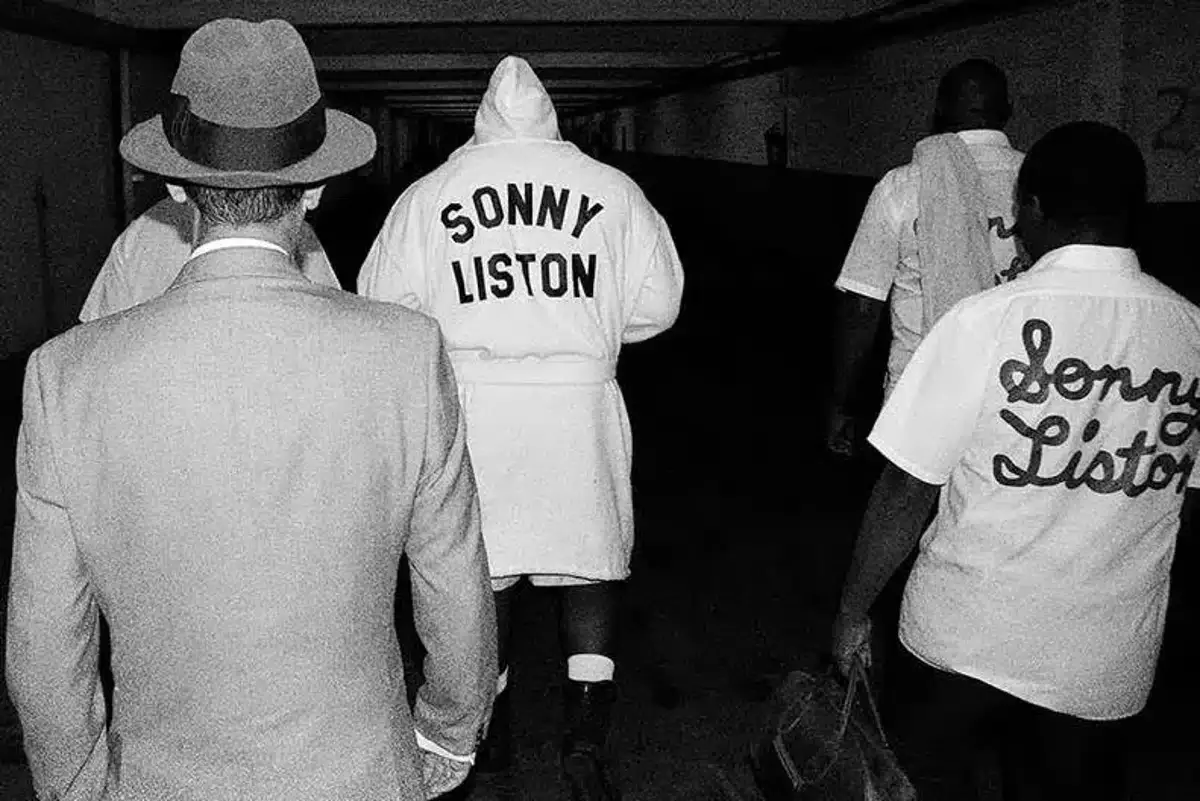Sonny Liston’s life is often narrated through the lens of his tumultuous boxing career and subsequent downfall, but the broader societal implications of his experiences profoundly highlight the enduring struggles faced by individuals marginalized by both race and circumstance. This article delves into the intersectional intricacies of Liston’s life, particularly an event that would tragically mark a low point in his storied career — his infamous Christmas arrest in 1964.
The disappointment surrounding Liston’s defeat to Cassius Clay, later known as Muhammad Ali, in February 1964 reverberated through the boxing world. Such an unexpected loss often overshadows the complexities of his personal life that unfolded soon after. By Christmas of the same year, Liston found himself embroiled in another scandal, this time with law enforcement. The narrative of a sports hero brought low by addiction and bad choices emerges, but it fails to encapsulate the pervasive struggles faced by African Americans in a racially charged America, highlighting how Liston’s battles were not only physical but deeply societal.
On that fateful Christmas Day in Denver, the former heavyweight champion was apprehended after being spotted stumbling through a parking lot, an image leaving an indelible mark on his legacy. Though he admitted to consuming alcohol, the precise context of that moment is often overlooked. Liston’s contorted journey from celebrated athlete to that vulnerable state not only reflects personal turmoil but also the broader racial attitudes of the time, where dignity was stripped away under the harsh gaze of law enforcement.
As per historical reports, the police encounter escalated quickly, culminating in an astounding ten officers responding to apprehend a single man. This event raises vital questions about the nature of law enforcement’s engagement with Black men, especially one as polarizing as Sonny Liston. Why did the situation necessitate such a show of force? This excessive reaction perhaps illustrates a systemic bias, revealing an ingrained fear or overt hostility that many African American men faced in society.
Liston’s narrative is further complicated by his own admission of alcohol intake, which is cited as a weakness. However, the sensationalism surrounding the arrest obscures deeper realities: a man grappling with mental health issues, socio-economic disadvantage, and rampant public scrutiny. While intoxicants may have played a role, they do not define the entirety of Liston’s life story — it is crucial to dissect the societal dimensions that contributed to his circumstances.
In an unexpected turn of events, Muhammad Ali publicly supported Liston, denouncing what he perceived as an unjust treatment by the police. Ali’s intervention is layered; he was not merely an antagonist but also a figure embodying the greater struggle against societal injustices. This rare instance of support reveals that even fierce competitors could locate a common ground borne of shared experiences with adversity. Despite their rivalry, Ali’s assertion that Liston was being unfairly targeted by the authorities prompts reflection on how these two iconic figures navigated their identities not just as boxers, but as Black men in a deeply segregated America.
Ali’s efforts to shed light on Liston’s plight underscore the necessity of compassionate understanding when addressing the struggles of individuals who have been painted as “the bad guys.” The image of Liston confined to an eight-by-four jail cell starkly contrasts with his prior persona gracing the cover of Esquire as Santa Claus, amplifying the tragic narrative of lost potential and societal rejection.
What is often acknowledged about Sonny Liston is his remarkable athletic prowess, yet his complete legacy remains woefully underexplored. The complexities of his character are relegated to the peripheries of boxing folklore, with mentions of his generosity, intelligence, and fondness for children often overshadowed by the sensationalism surrounding his legal troubles and untimely death under murky circumstances in late 1970 or early 1971.
Liston’s struggles signal a larger narrative emblematic of countless African Americans who grappled with stigma, systemic injustice, and personal demons. The media’s portrayal of him often lacked nuance and empathy, relegating him to a stereotype that continues to follow many athletes today. As we engage with his story, we must approach it critically, recognizing both the weight of historical context and the indelible human qualities of perseverance and complexity.
Sonny Liston’s life embodies the struggles of a marginalized figure navigating the murky waters of public perception and societal expectations. By revisiting the layers of his story, we enrich our understanding of not just Liston the boxer, but Liston the man—striving, battling, and ultimately enduring an unforgiving world that often offered him no reprieve.

